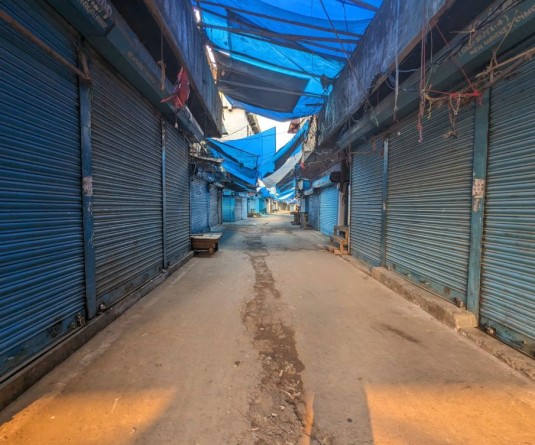
Our Correspondent
Kohima | July 4
In Nagaland, the topography being as such, water resource development, protection and management require a lot of attention. This was stated in the booklet of PHED’s ‘communitization of water supply and sanitation model rules and guideline 2008.’
Many villages and towns are on hilltops and still without proper drinking water supply facility, the booklet said adding many still continue to use traditional wells for both drinking and domestic use. Piped water supply systems and improvement of traditional wells started in Nagaland only after attaining statehood and the works on waters supply started on a nominal basis without adequate planning.
Latest statistics on water supply coverage in Nagaland show that so far 25% are fully covered, 72% partially covered and the remaining 3% ‘Not- covered,” with water supply.
These ‘not-covered’ villages include the problem villages where is either no water source within feasible distance or the available source is disputed or feasibility is only by pumping.
In Nagaland, Public Health Engineering department is the primary agency for water supply work. This department has, all along, experienced that people’s attitude towards the water works needs improvement, the booklet said.
The water consumers have also, so far, taken the stance that the water works personnel are doing their routine job in their own interest.
The booklet said the consumers expect that it is the water works personnel who should do everything to deliver the water, as an obligation. Government policy may require the water works personnel to implement water supply scheme. But it is not the job of the water works personnel to prevent pilferage or sabotage or wasteful use, except keeping vigil on the installation, proper distribution and sensitizing the consumers on water. Added to various circumstantial difficulties such as rugged topography, scarcity of perennial water source, high cost of transportation, to name a few, the department is confronted with multiple problems and difficulties such as law and order, land disputes, pilferage, lack of consumers sense of ownership, lack of sense of civic etiquette, consumers’ non participation in sustaining the installation etc.
“It is observed that we would rather choose to let the water flow down the rivers into the ocean than share with our neighbours,” the booklet said adding “we are reluctant to allow even a water pipe line to pass through our land or site to our fellow consumers.
We are also not to overlook the fact that most of the available standard technologies and specifications are for the plans and valleys and hence innovations suited to our own topography and resources are needed to be evolved and standardized, the booklet said adding such initiatives will need extensive research facilities and works in our own perspectives, and which still remains a distant vision, without even an engineering college in the state.



